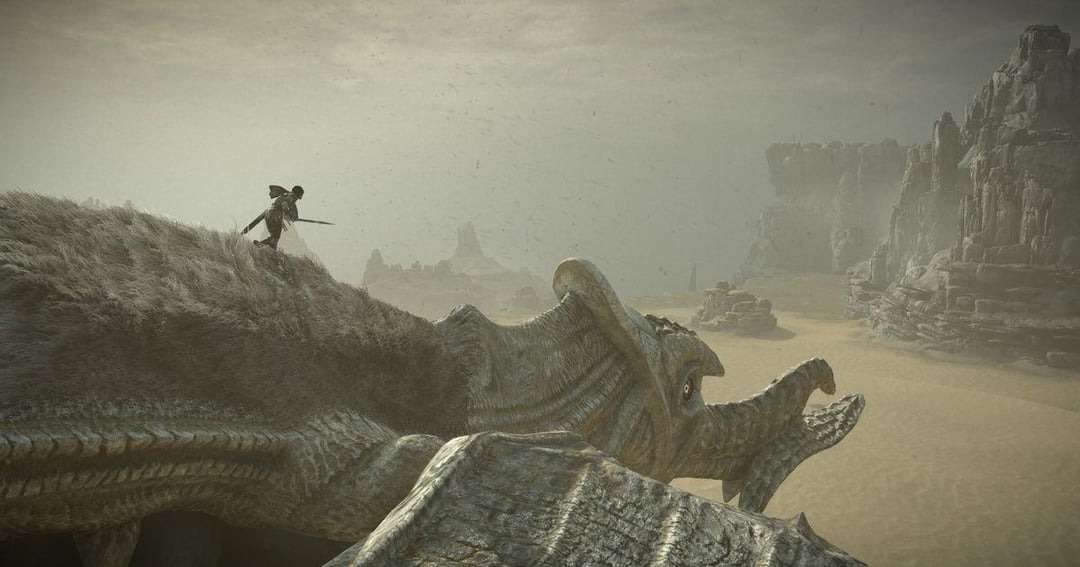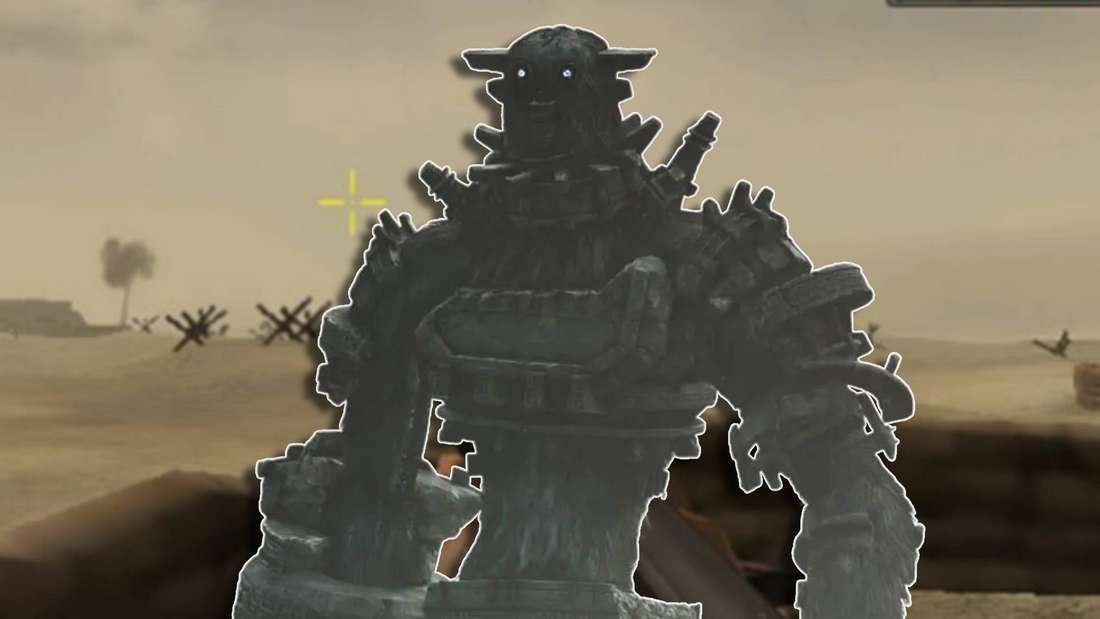Unlikely Genesis: How Battlefield 1942’s Networked Chaos Sparked the Solitary Majesty of Shadow of the Colossus
Popular Now
 CarX Street
CarX Street
 The Legend of Zelda
The Legend of Zelda
 Black Myth: Wukong
Black Myth: Wukong
 Fortnite
Fortnite
 Sonic the Hedgehog™ Classic
Sonic the Hedgehog™ Classic
 BeamNG.drive
BeamNG.drive
 Among Us
Among Us
 Stumble Guys
Stumble Guys
 Fall Guys
Fall Guys
 Rust
Rust 
Tokyo, Japan – October 18, 2025 – In a revelation that defies all conventional logic and genre expectations, Fumito Ueda, the visionary director behind the iconic PlayStation 2 title Shadow of the Colossus, has disclosed the game’s earliest and most surprising source of inspiration: the frenetic, large-scale online multiplayer of EA DICE’s 2002 first-person shooter, Battlefield 1942. This news, emerging from a recent oral history chronicling the development of the melancholic masterpiece, completely recontextualizes the serene, solitary journey of Wander and his horse, Agro, revealing a surprising, aborted concept for a massive cooperative multiplayer game at its core.
The juxtaposition is startling: a game renowned for its haunting loneliness, minimalist narrative, and monumental, one-on-one boss encounters was fundamentally conceived from the experience of shooting strangers across Wake Island. Ueda-san, known for his unique artistic sensibility and economy of design, admitted he was “really hooked on Battlefield 1942” during the post-Ico development period. He felt an “immense potential in the experience” of players spontaneously cooperating and competing in a massive, shared online space, even in a high-octane FPS environment.
 The Aborted Multiplayer Dream: From Networked Hunter to Solitary Hero
The Aborted Multiplayer Dream: From Networked Hunter to Solitary Hero
The initial idea for the project—internally codenamed NICO or Ico 2—was to translate that feeling of interconnected, emergent teamwork into a completely different context: a co-op boss hunter where multiple players would coordinate their efforts to bring down a single giant monster. This concept predates the wider success of games in the Monster Hunter genre and reveals an ambitious, networked gaming vision that ultimately proved too resource-intensive for Team Ico at the time.
Strong Technical Ambition:
- Cooperative Gameplay Focus: The original pitch centered on players taking distinct roles—one stunning the beast, another tying its leg, and a third climbing to find the vital weak points.
- Networked Potential: Ueda-san was driven by the desire to create a true online multiplayer experience, harnessing the energy of players working together in a live environment.
- Developmental Constraints: The team’s limited experience with network programming and the high-demand production resources required for an early PlayStation 2 online title ultimately forced the pivot to single-player.
Sony Computer Entertainment America producer Kyle Shubel recalled the tantalizing promise of this early design, describing the vision of players dismounting their horses, executing a coordinated attack, and then “riding off in the sunset” together. It was a bold, action-driven premise built on the unexpected foundation of a competitive shooter. However, to efficiently concentrate resources and deliver a game within a viable timeframe, Ueda made the difficult decision to cut the entire multiplayer component, transforming the project into the singular, focused, and ultimately profound experience we know today.
 An Economy of Design: A Masterclass in Subtraction
An Economy of Design: A Masterclass in Subtraction
This history of Shadow of the Colossus is a fascinating case study in how game development often involves the brilliant repurposing of abandoned ideas. The grand, sweeping scale of the Forbidden Land, the vast, empty spaces traversed by Wander and Agro, and the very design of the colossi—massive, climbable structures—were all retained from the initial blueprint. They were built to accommodate a multitude of players, but when the game became a solo adventure, these elements took on a completely new, thematic significance.
- Thematic Shift: The expansive, empty world, originally a shared battlefield, became a canvas for solitude and melancholy, deepening the player’s emotional connection to Wander’s desperate quest.
- Scale and Impact: The colossal size of the enemies, intended to be a challenge for an entire squad, heightened the feeling of vulnerability and heroism for a single player.
- Design Philosophy: The famous economy of design that defines Team Ico’s work—removing all unnecessary elements—was, in this instance, a direct result of resource constraints, proving that limitations can often be the mother of profound invention in creative industries.
The high CPC relevance of this news lies not just in the historical oddity but in the profound influence Shadow of the Colossus has had on the industry. Its design language—the large boss encounters, the emphasis on climbing, and the emotional resonance of the protagonist’s actions—went on to inspire countless successful titles, from The Legend of Zelda: Breath of the Wild to indie games like Titan Souls. This unexpected genesis highlights the truth that true innovation often comes from abstracting concepts across disparate genres. A competitive FPS sowed the seeds for one of the greatest action-adventure games of all time by offering a simple, powerful idea: the immense potential of players working together against an overwhelming common foe.
Industry Analysis: The story of Battlefield 1942 inspiring Shadow of the Colossus is a powerful reminder that creative inspiration knows no bounds. While the multiplayer element was ultimately cut, the scope and scale required for that initial vision remained, permanently elevating the quality and enduring legacy of the final, single-player experience. This developmental anecdote is essential reading for any aspiring game designer studying the transformation of concept into a revered, finished product.









